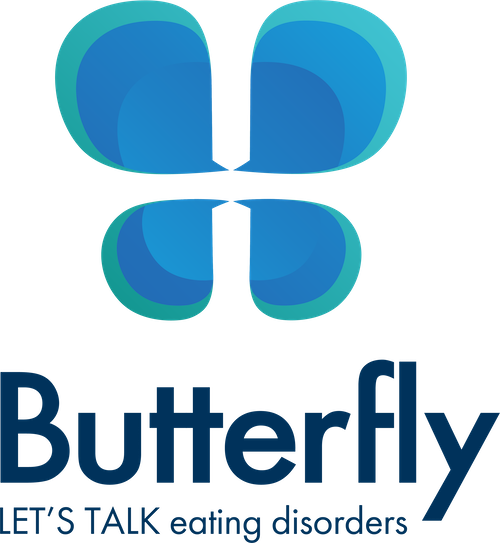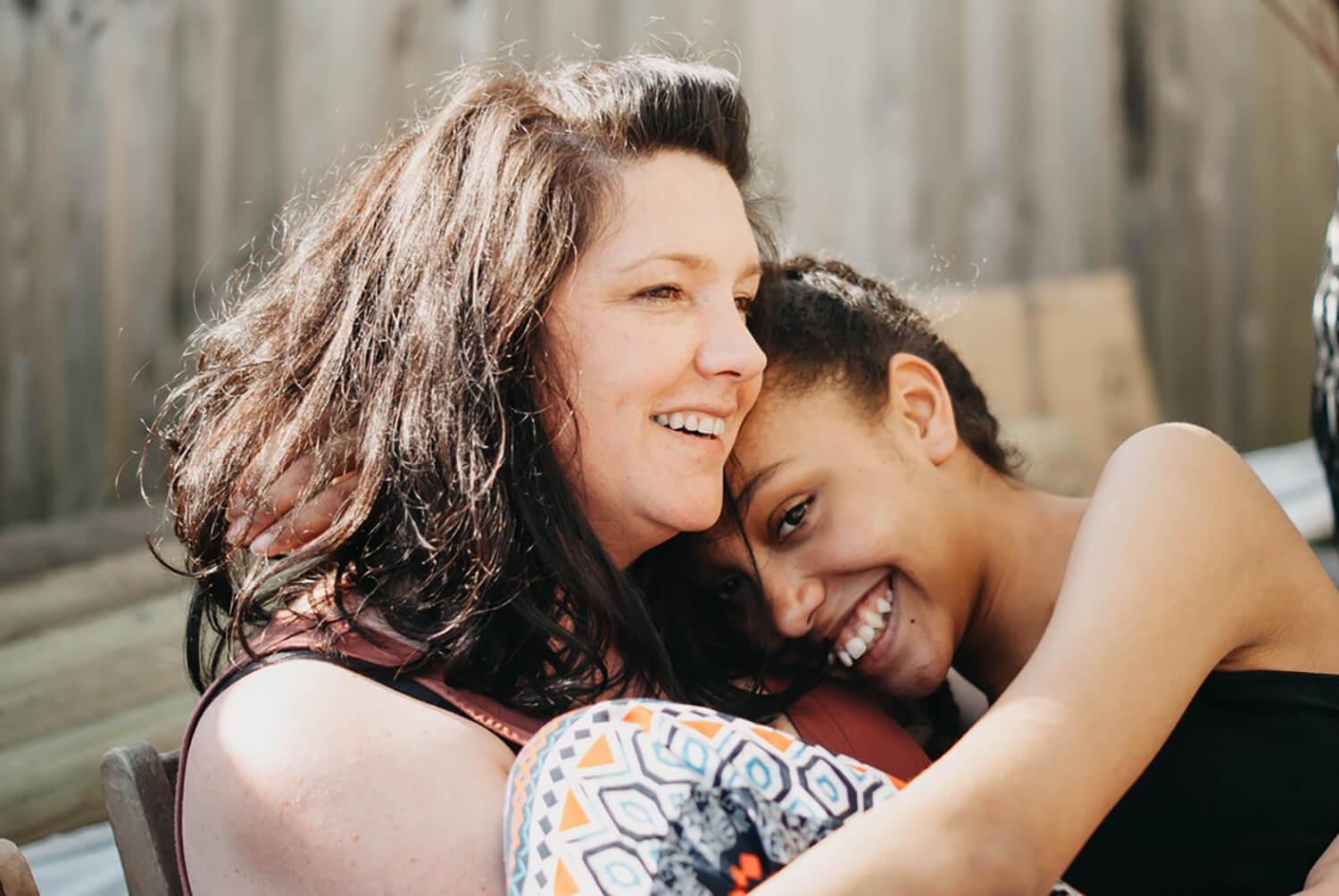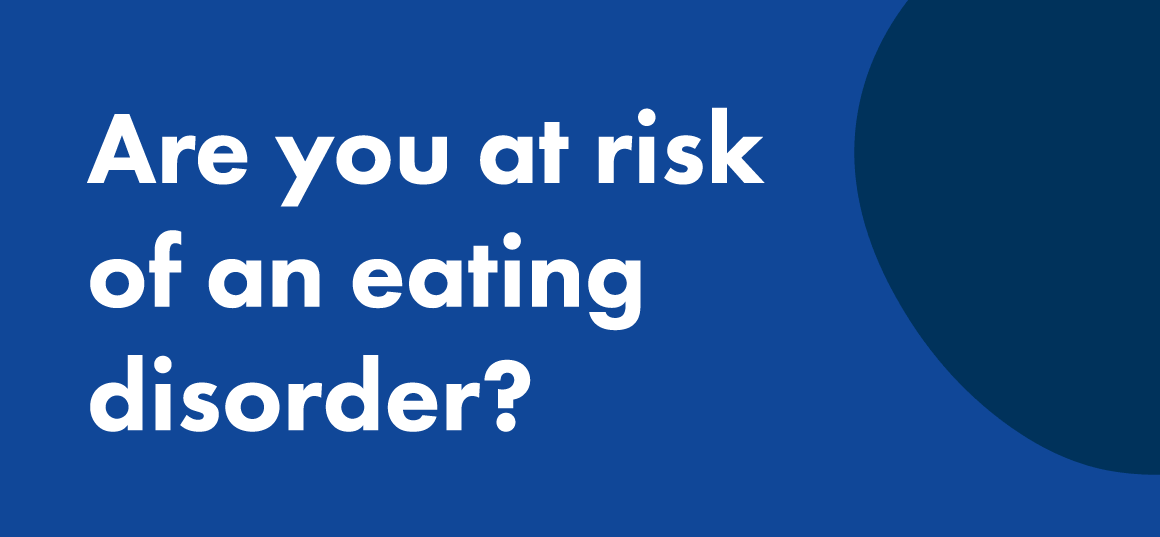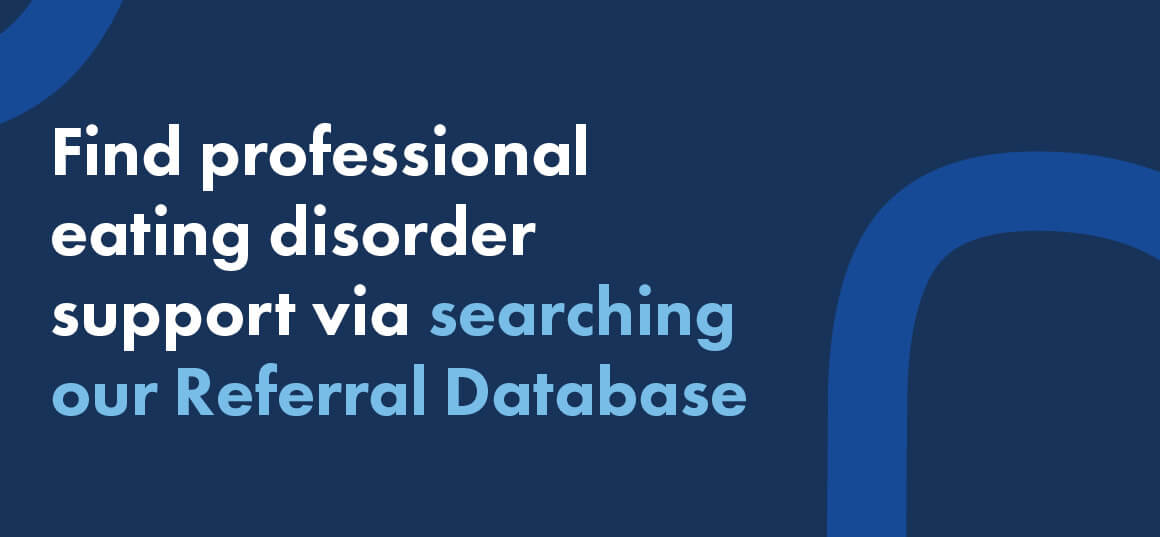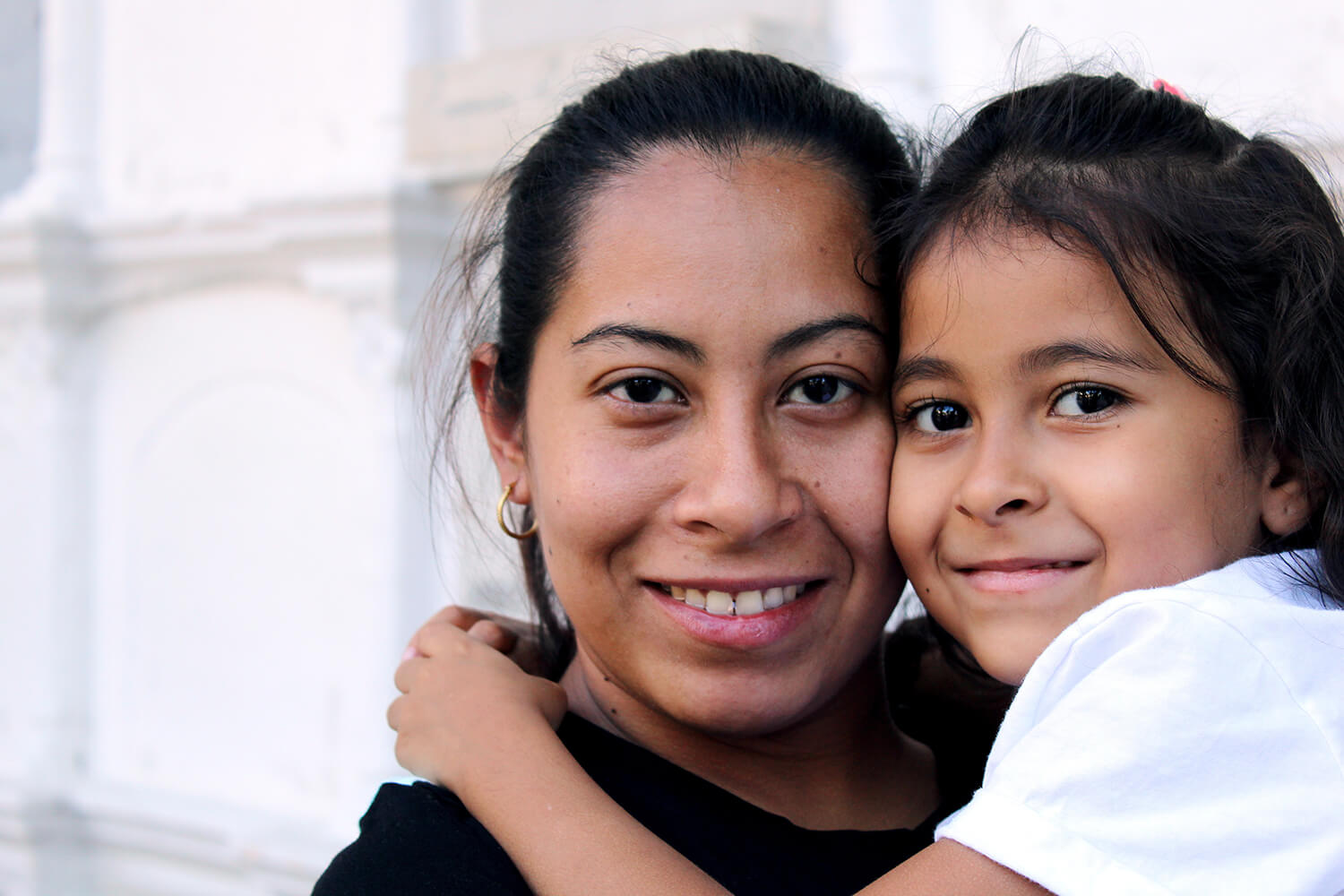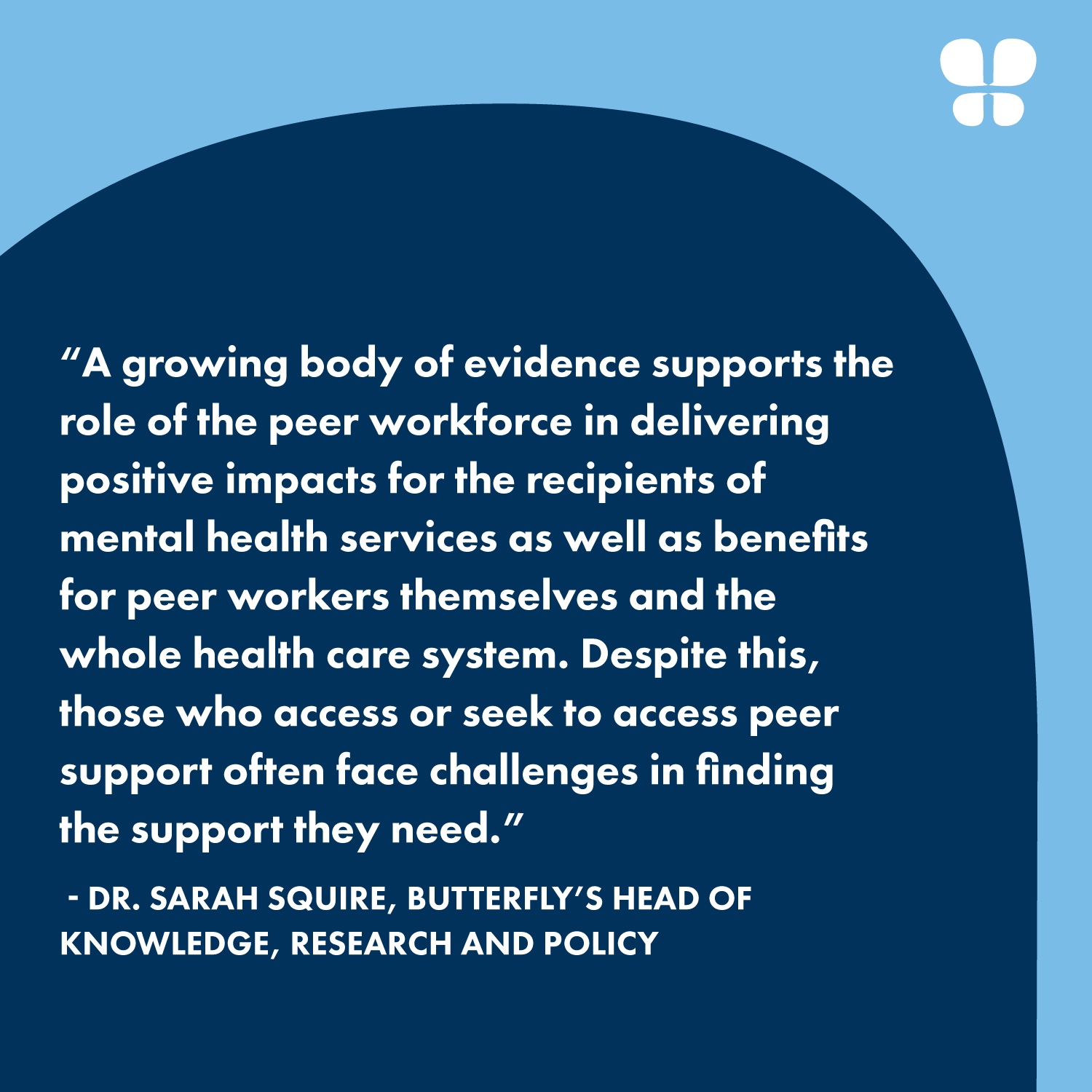What do I do if I notice students aren’t eating at school?
Tired. Grumpy. Lacking focus. These are just a few of the things that can happen when students are hungry at school.
The reasons why students might be hungry are varied too. With today’s cost of living pressures, food insecurity can’t be ignored nor can the fact that many young people are choosing not to eat at school. From the growing body of research, it’s clear that what children and young people eat (and do not eat) can affect not only their physical health, their mood, mental health, participation in sports and activities and engagement in learning.
Butterfly has seen an increase in the number of educators in both primary and secondary schools reaching out because of concerns about students not eating during the day and other problematic food behaviours at school.
Quite rightly this is not something to be ignored or dismissed. Being alert, aware and curious can help educators explore the underlying reasons. Is it a matter of not being hungry at allocated recess and lunch times? Not liking the food on offer?
Are there better things to do at lunchtime than eat, or simply not enough time? Or does it signal a disordered relationship with eating or even an eating disorder? For some young people, the influence of peers can be particularly strong. Friendship groups not prioritizing eating or “supporting each other to be healthy” through diet clubs and challenges can fuel competitive and comparative behaviours around eating.
Commentary and judgement on other people’s foods – portion size, perceived ‘healthiness’, ethnic origins, even smell – can create a climate of food shaming and guilt. For others it is simply the fact that eating at school or carrying around a lunchbox is just not cool.
Whilst nutrition education and ‘what to eat’ has been an important part of the curriculum for some years, less emphasis has been placed on ‘how to eat’ and developing a positive relationship with food and eating. With all the conflicting and harmful messaging around health, weight, shape, size and food is it any wonder that young people’s problematic behaviours around food are becoming normalized and their relationship with eating increasingly disordered?
Educators can play a powerful role in helping students become less fearful of what others may think, understand the importance of nutrition and meeting energy requirements (which of course are different for everyone) at recess and lunch and help change their attitudes towards eating at school.
Supporting young people in developing a positive relationship with eating
Helping students to adequately nourish and fuel their bodies and see food as a source of pleasure, without experiencing guilt or shame, are all parts of having a positive relationship with eating. Other aspects include being able to listen to and respond to hunger and fullness cues, eating regularly to support physical and emotional health and being curious and open to new foods and eating with others in social situations. It also means letting go of food rules and beliefs around foods needing to be ‘earned’ or ‘worked off’.
Butterfly has recently created new resources to support a positive relationship with eating at school. This includes a tips sheet for educators along with 3 student learning activities available as part of Body Kind Schools, Butterfly’s free, strength-based, health promotion initiative every September encouraging young people to be kind to their own body and to others; face to face, online and everywhere.
The guidance provides practical strategies across 3 key domains – curriculum, culture and environment and directly addresses some of the well-intentioned but unfortunately harmful practices that have been brought to Butterfly’s attention by concerned parents. This includes asking students to research weight loss diets, teaching materials which demonize foods or food groups and encourage exclusion, and stigmatising language around food, weight and exercise.
A few things schools can do include:
| Curriculum
|
Culture
|
Environment
|
| Review health and nutrition curricula regularly to ensure that language and messaging does not promote weight stigma, encourage restriction/dieting or demonise particular foods/food groups.
|
Adopt a zero-tolerance policy for food and body shaming and including specific reference to appearance and weight-based bullying in anti-bullying policies.
|
Seek feedback and input from students about eating spaces and time allocated for eating. Presenting any changes to the food being offered at school in terms of what’s being added rather than taken away.
|
| Encourage food curiosity and food-related skills through cultural events, growing food at school and opportunities for food planning and prepping.
|
Encourage awareness activities that promote positive body image, eating and physical activity and avoiding challenges which focus on food, encourage restriction for a period of time or demanding physical activity goals.
|
Introduce positive eating guidelines for recess/lunch/school cafeteria and displaying around the school and discussing within class.
|
When does not eating at school become a significant cause for concern?
It can be challenging to know if attitudes and behaviours around eating are part and parcel of normal child and adolescent development or something more serious. Regularly skipping meals with the intention to lose weight, reduce body size as well as avoiding eating in public can all be warning signs of an eating disorder. The way eating disorders develop is complex and there are of course many other physical, psychological and behavioural signs, see here for more information.
As an educator you may be one of the first to notice that a student is experiencing difficulties with their eating, weight or body image or you may be alerted to this by other students. Whilst diagnosing eating disorders sits outside the teacher’s role, early identification and encouraging help-seeking doesn’t and is in fact, key.
Butterfly’s new tips for educators on Supporting a Positive Eating Experience and Responding to Problematic Eating Behaviours offers some suggestions for opening questions to help explore what might be happening in the broader peer or friendship group, as well as individuals. For example, “I’ve noticed you are not eating much at lunchtime, is there a particular reason for this?’’ or if a student says that they don’t like eating at school – “Is there a particular time of the day when you feel more comfortable eating and if so are you happy with the way you are eating then?”
Access these tips by registering for Body Kind Schools.
Choosing the right moment is key (private space, ideally away from mealtimes and when emotions aren’t heightened) as is being clear about the need to involve parents, in line with the school’s policy for intervening around mental health conditions.
Through our professional development workshops and conversations with educators, we appreciate that there is a certain degree of anxiety around doing or saying the wrong thing. Our advice is, it’s always better to say something rather than nothing, and raise the issue sooner rather than later, particularly when it comes from a kind and compassionate place, free of judgement.
Supporting primary-aged children
It’s not just teenagers who are struggling. Butterfly is increasingly hearing from primary schools that their students have a troubled relationship with their body, food and exercise.
With new research detailing 1 in 5 children globally are experiencing disordered eating, it is pivotal that primary schools consider how to promote healthy attitudes and behaviours towards the body, eating and physical activity in children, so they can thrive at school and in life.
Butterfly Body Bright is a strength-based, evidence-informed, whole of primary school body image program. Body Bright provides resources and support to teachers, families and their broader school community to foster a positive foundation during childhood for body satisfaction, healthy eating and physical activity. This includes school culture guidelines, staff training, and curriculum-aligned lesson plans that address the modifiable and protective risk factors that are associated with body dissatisfaction and disordered eating in children.
The ’Thoughtful’ theme aims to promote staying healthy with positive and balanced eating attitudes and behaviours. Students will be empowered to be curious and non-judgemental about different foods and food preferences, eat intuitively, and use their senses to connect with food and their bodies.
Registration is free until 15th August 2023, with three years’ access to the program. Find out more about the program here.
Further Support for Educators
If you have been advised that a student is experiencing or being treated for an eating disorder, Butterfly has developed guidelines to help schools understand their role in supporting the recovery of students.
For anyone wishing to learn more about body image and eating disorders, the Butterfly website is a great place to start, or you can join one of our virtual professional development workshops or organise an on-site session for your staff. Contact: educaton@butterfly.org.au
To download the Educator Tips on Supporting a Positive Eating Environment at Schools and Responding to Problematic Eating Behaviours and 3 learning activities to support a positive relationship with eating, register for Body Kind Schools.
What should parents do?
It can be pretty disheartening for your child’s lunchbox to return home barely touched or disposed of in the school bin or to know that your child has gone through the whole school day with nothing to eat. As we’ve heard skipping meals is an early warning sign of disordered eating or an eating disorder in some, for others it may be simply a sign that they don’t want to feel embarrassed by eating at school, if others aren’t. It’s tricky and there is not a simple solution.
Things that may help
- Encourage a breakfast and also afternoon tea.
- Encourage your child to baulk the peer pressure – ‘You Do You’ so that they are encouraged to be kind and treat their body with respect, which includes fueling it regularly.
- Provide a range of easy to eat, nutritious foods, the best your family can afford, for your child to eat on the go.
- Talk to your child’s school or flag with wellbeing staff, particularly if this is something that is occurring in friendship groups.
- If your child is displaying other concerning behaviours around eating and physical activity or if they are struggling with their mental health, seek professional support. A GP is a good first point of contact or the counsellors on Butterfly’s National Helpline (1800 33 4673), available 7 days a week, 8am – midnight (AEST/AEDT) can guide you on how to raise your concerns as well as provide information on referral services close to you.
Further information on supporting a positive relationship with eating and what parents/caregivers can do if they are concerned about a child is freely available as part of Butterfly Body Bright (for families with children under 12) and Body Kind Families (for families of teenagers).



